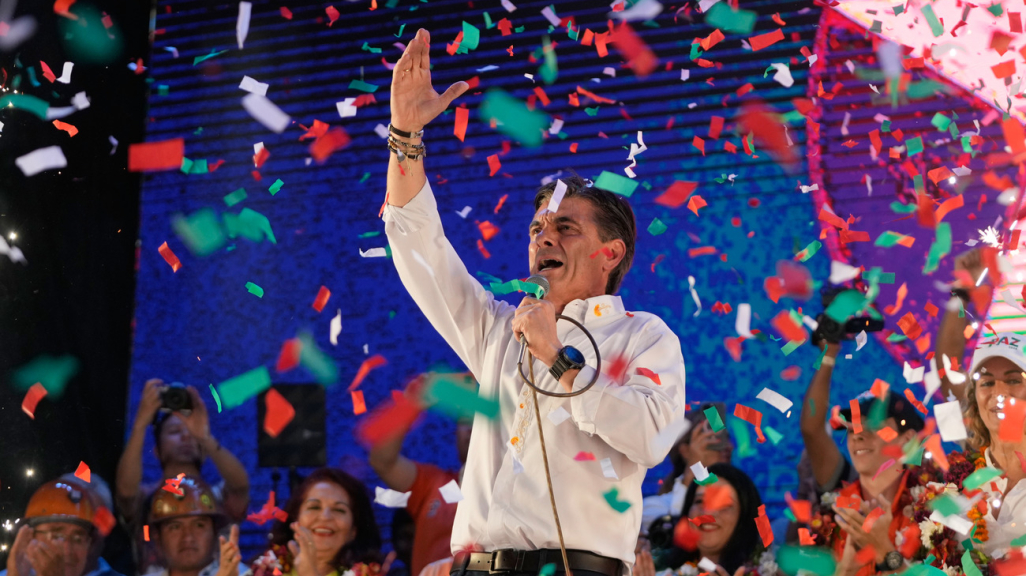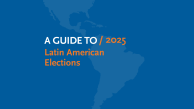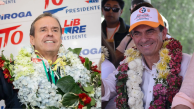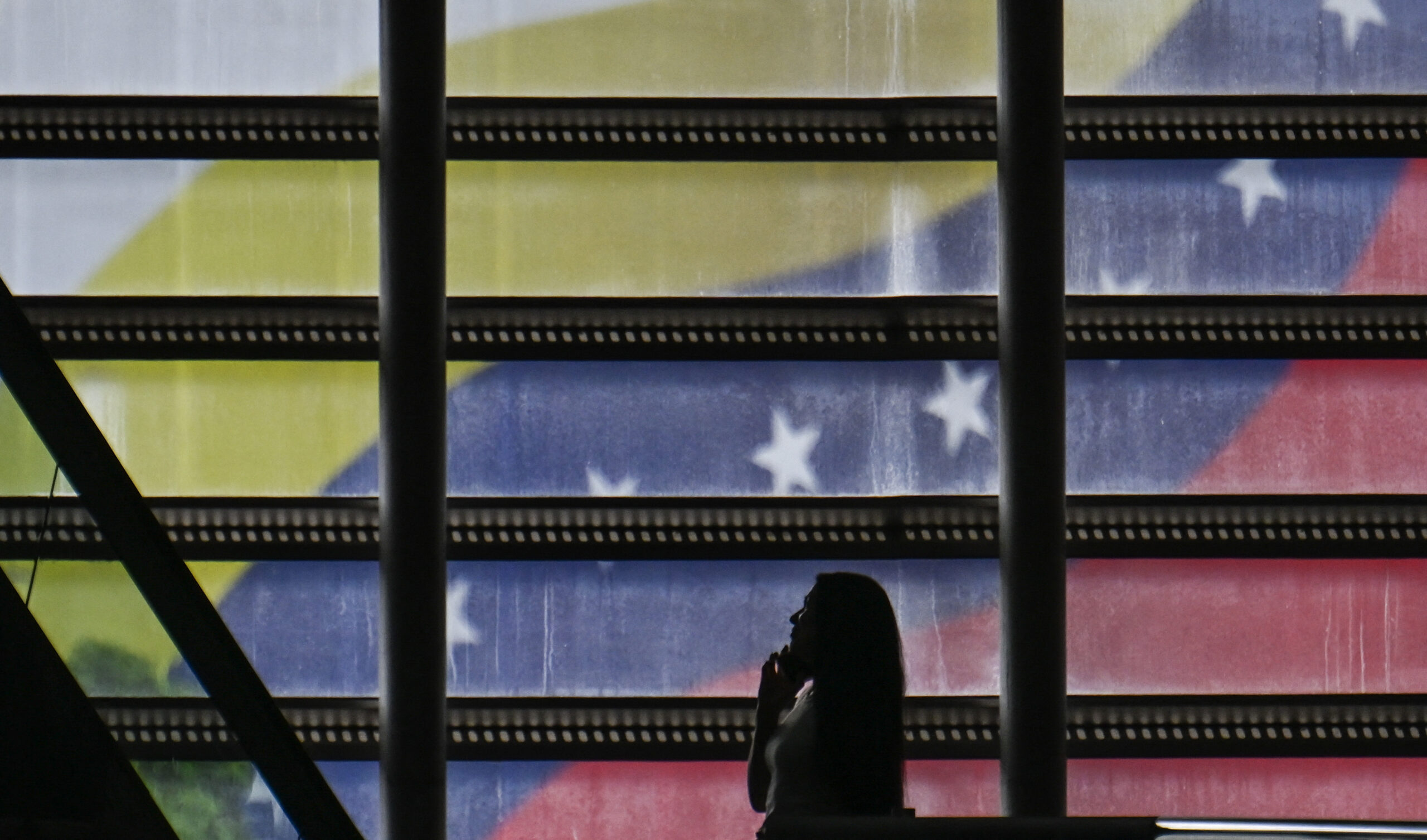Rodrigo Paz Wins: Bolivia's Electoral Context in Five Charts
Rodrigo Paz Wins: Bolivia's Electoral Context in Five Charts
Paz won over disillusioned voters in the October runoff but faces a challenging economic scenario when he takes the reins in November.
This piece was originally published on October 20, 2025, and has since been updated.
For the first time in two decades, Bolivian voters opted for something new. After defying polls to bring home the biggest vote share in the first round, Rodrigo Paz Pereira won Bolivia’s presidential runoff on October 19 and, in doing so, ended the 20-year dominance of the Movement for Socialism (MAS). The leftist MAS, hobbled by unpopularity linked to Bolivia’s economic downturn and infighting between its long-time populist leader, ex-President Evo Morales (2006–2019), and outgoing President Luis Arce, will also have a severely diminished role in the country’s fragmented legislature.
Paz, who won 54.6 percent of the second-round vote to beat conservative rival Jorge “Tuto” Quiroga, may have been a surprise victor in the August 17 first round, but he’s no stranger to politics. He was born in Spain in 1967 during the exile of his father Jaime Paz Zamora, then a leftist dissident during Bolivia’s authoritarian regimes. The elder Paz would go on to become president from 1989 to 1993. The younger, U.S.-educated Paz would go on to become first a local politician and then a senator representing Tarija, a major gas- and wine-producing region in Bolivia’s south.
Paz’s triumph has widely been framed as a move to the right, although where he sits on the political spectrum is not so simple to pin down. Running under the slogan “Capitalism for All,” he has historically aligned himself with parties of varying political leanings. In his campaign, he worked to win over disillusioned MAS voters and pledged not to cut off the social programs of his predecessors, saying, “Ideologies don’t put food on the table.” His TikTok-savvy running mate Edman Lara, a former police captain, also helped him tap into working-class voter frustration.
Paz has voiced his goal of ending years of bilateral animosity with the United States, and Washington appears ready to return the sentiment. On the same day as the runoff, U.S. Secretary of State Marco Rubio congratulated Paz, saying: “The United States stands ready to partner with Bolivia on shared priorities, including ending illegal immigration, improved market access for bilateral investment, and combating transnational criminal organizations to strengthen regional security.”
In five charts, AS/COA Online explores Paz’s victory, MAS’ decline, and the challenges that await the incoming president, who will be inaugurated on November 8.
AS/COA covers 2025's elections in the Americas, from presidential to municipal votes.
Surprise finalist Rodrigo Paz faces off against ex-President Jorge “Tuto” Quiroga in an election ending two decades of MAS power.











